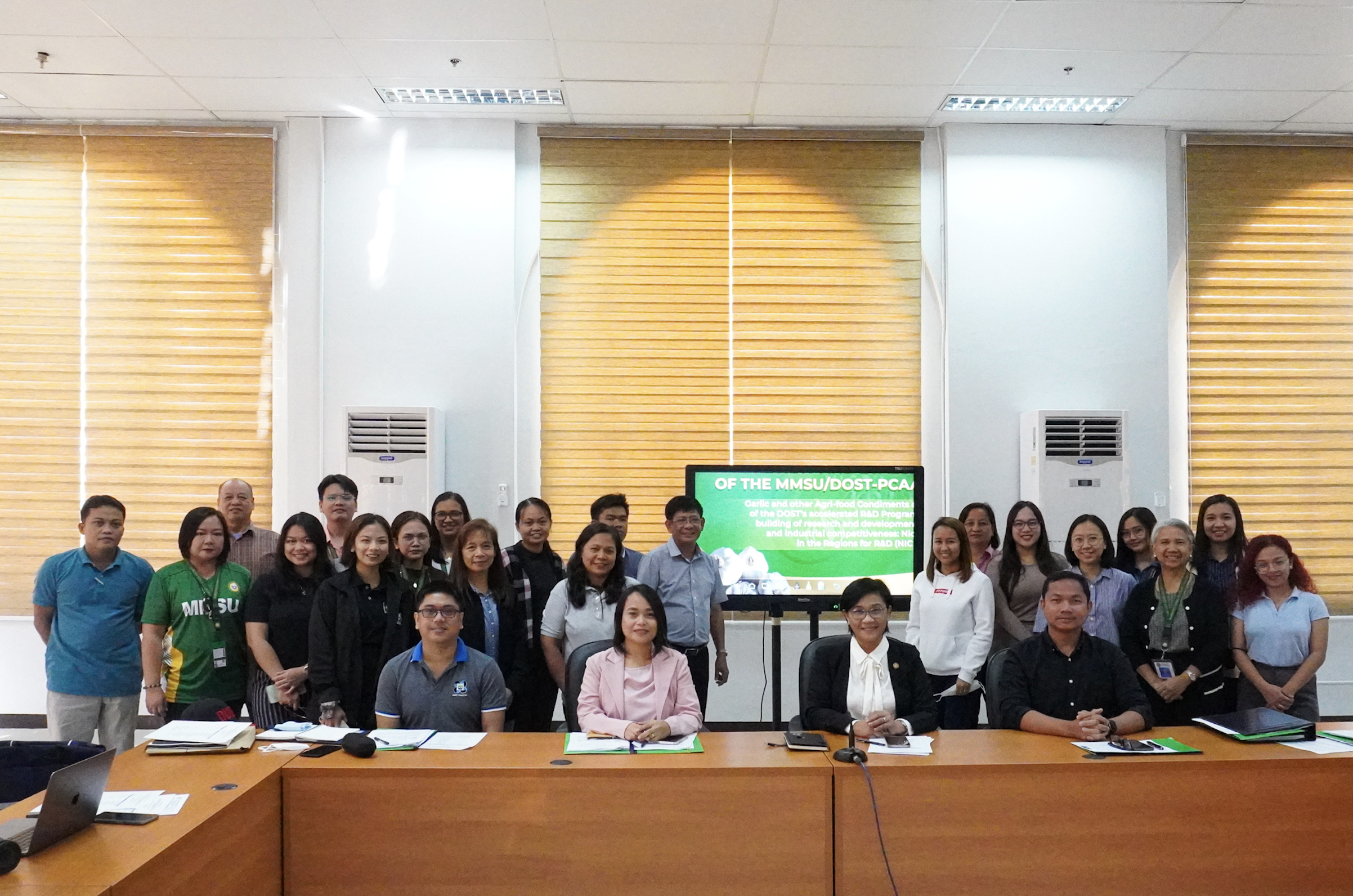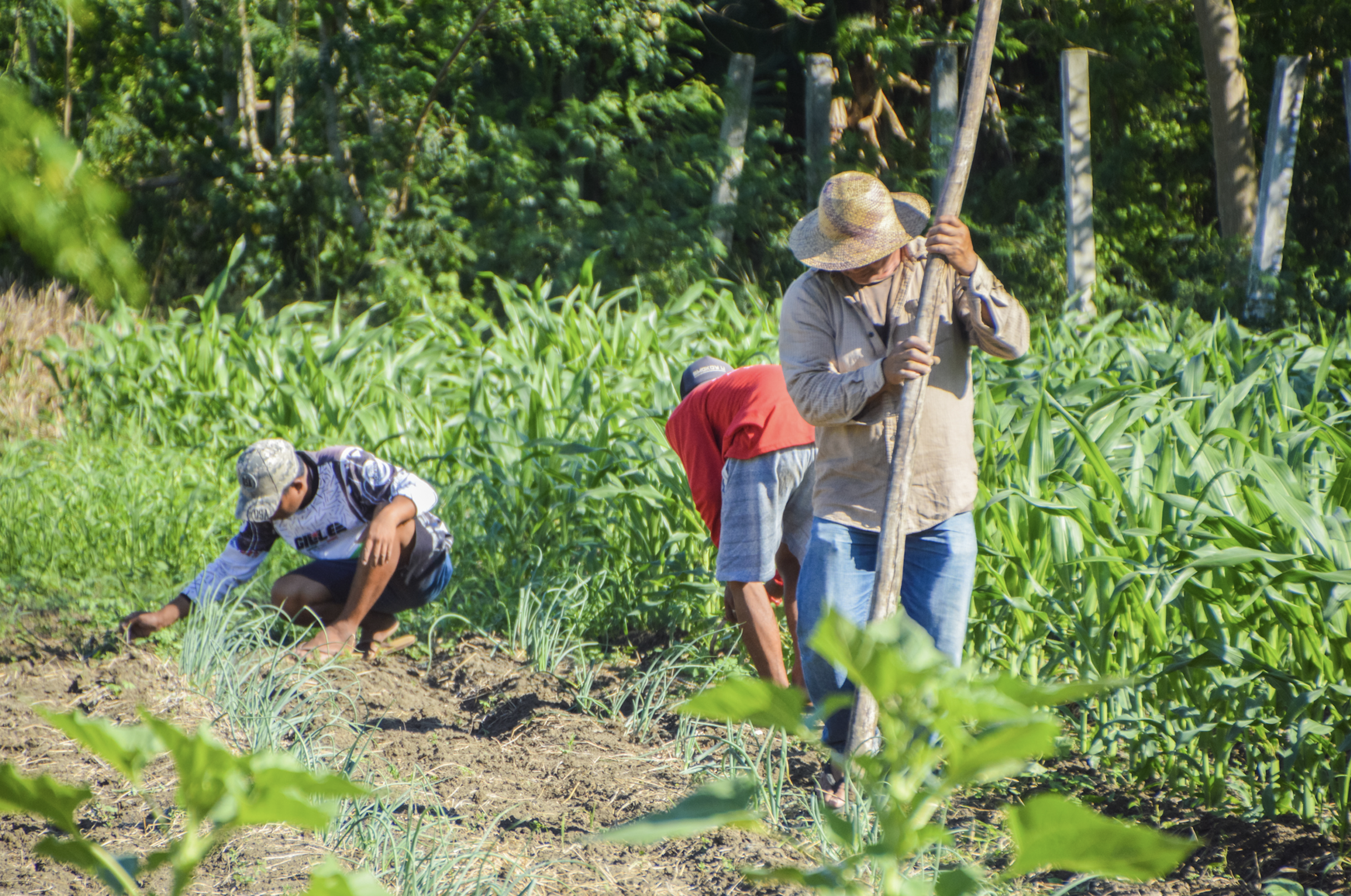Promising technologies and research findings are set to advance the garlic and other agri-food condiments (i.e., garlic, shallots, chillies, and ginger) industry, according to reports by the Garlic and Other Agri-food Condiments (AFCs) Research and Development (R&D) Center.
Established through the Niche Centers in the Regions for R&D (NICER) Program of the Department of Science and Technology (DOST), the AFCs Center is already in its second year of implementation at the Mariano Marcos State University (MMSU) in Batac, Ilocos Norte.
Program Leader Dionisio S. Bucao confirmed that the combination of recommended planting density, nutrient management, and Carrageenan plant growth promoter (CPGP) increased garlic's productivity, potentially leading to higher yield and income for farmers.
Dr. Bucao added that a mobile application for garlic pest and disease identification and forecast is underway to support the Center’s pest and disease management initiatives for garlic production.

Garlic from field trials (left), and chillies from the field gene bank (upper right, lower left, and lower right) of the Garlic and AFCs R&D Center at MMSU, Batac, Ilocos Norte. (Image Credit: Crops Research Division, DOST-PCAARRD)
The Center is also strengthening its conservation efforts by establishing two field gene banks and one in-vitro gene bank with a diverse collection of 365 local accessions of garlic and other AFCs from Ilocos Norte, Nueva Vizcaya, Nueva Ecija, Ilocos Sur, Quezon, Batanes, Oriental Mindoro, Occidental Mindoro, and Romblon.
Further reports show that the construction of low-cost village-level garlic curing and storage structure is already in progress. Its design is based on the baseline data gathered by the program team to prolong the shelf-life of garlic and reduce postharvest losses.
The Center also filed two patent applications for the utility models of the black garlic ice cream and rice seasoning called ‘furikake’ with black garlic, which were developed to maximize the utility and profitability of garlic through black garlic processing.
Three value chain maps on garlic were generated to highlight the key customers and their requirements; key players and their respective roles; activities and processes along the chain; flow of products, information, and payment along the chain; logistic issues; and external influences in the local garlic industry. These findings were instrumental for the program team in providing recommendations to improve the current value chain and increase the productivity and profitability of garlic in the Philippines.
Moreover, the R&D Center is also continuously strengthening its partnerships with both public and private institutions to help establish strong and sustainable linkages among the industry's key players.
These milestones were presented during an annual program review conducted by the Philippine Council for Agriculture, Aquatic and Natural Resources Research and Development of the Department of Science and Technology (DOST-PCAARRD).

Attendees of the annual program review of the DOST Accelerated R&D Program for Capacity Building of Research and Development Institutions and Industrial Competitiveness: Niche Centers in the Regions for R&D (NICER) titled, “Garlic and Other Agri-Food Condiments R&D Center.” Image Credit: Crops Research Division, DOST-PCAARRD)
The review was attended by representatives from MMSU led by President Shirley C. Agrupis with Program Leader Dr. Bucao, project leaders, and staff. The DOST-PCAARRD team was led by Crops Research Division (CRD) Director Leilani D. Pelegrina; Planning, Programming, and Packaging (PPP) Section Head Allan B. Siano; Program Monitoring and Evaluation and Program-based Information System Section Head Ms. Sharie Al-faiha A. Lubang; Industry Strategic S&T Program (ISP) Manager for Vegetables Mr. Joel Norman R. Panganiban, and key CRD staff.
Also present in the review are key staff from DOST Region 1 and the DOST-PCAARRD Socio-Economics Research Division (SERD) represented by Ms. Tessa Lyrene S. Lantican and Ms. Polianne G. Tiamson.

